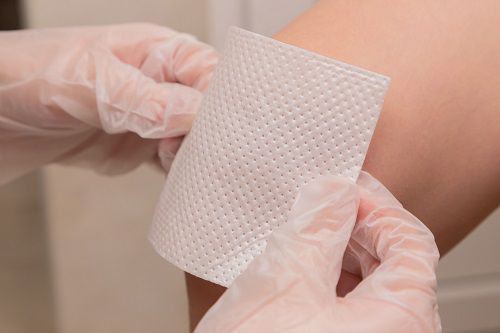
Knee Pain
Knee pain may occur in one or both of the knee joints, or the muscles and tendons around the joints. The knee joint consists of ligaments, cartilage, menisci (plural for meniscus), large blood vessels and bones, etc. The complexity of the structure of the knee joint and the fact that it is an active weight-bearing joint make the knee one of the most commonly injured joints. Knee pain can be caused by any disorder of above tissues.
Knee pain usually results from overuse, poor form during physical activity, such as lack of warming up or cooling down, or inadequate stretching. Knee pain caused by a simple reason often lasts for a short time and will clear up on its own with self-care. Being overweight or carrying something heavy, perhaps during work for example, can be another reason for knee pain.
In severe cases, knee pain can be caused by the following: knee injury; meniscus tears; tendonitis; bone fractures; arthritis; bursitis; Baker’s cyst; dislocation of the kneecap; torn ligament; strain or sprain, etc. Although there are situations in which surgery is required, most knee pain is treated conservatively, because most knee conditions respond to a combination of non-invasive treatments. Acupuncture and Chinese herbs are examples of these non-invasive treatments.
When TCM is properly applied, medications that target pain and inflammation could possibly be diminished, resulting in reduced side-effects from the medications. Performing knee exercises properly to strengthen and stretch the muscles that support the knee are vital for knee pain and injury prevention. Moreover, suitable footwear and weight control are also important for prevention of knee pain.